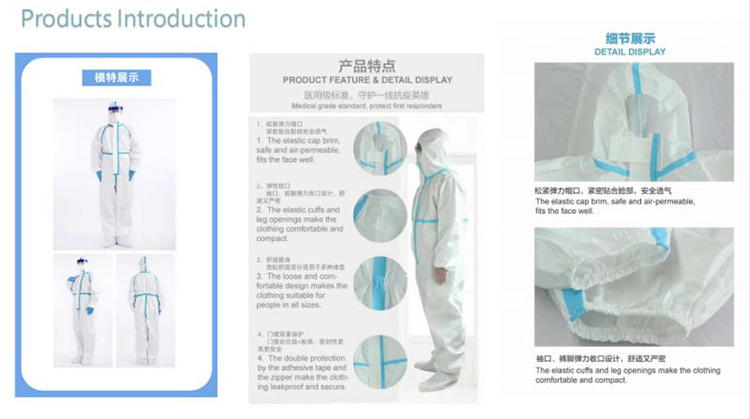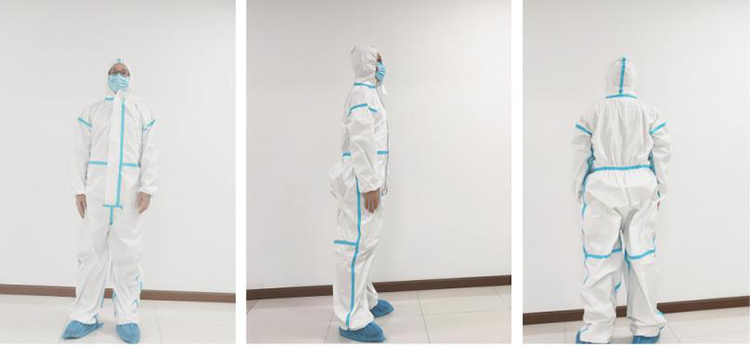According to the China Federation of Logistics and Purchasing, the global manufacturing PMI fell by 0.4 percentage points in January 2018, but remained at a high level of 55.9%, indicating that global manufacturing will continue its rapid growth since 2017. The trend lays a good foundation for the sustained recovery of the global economy. The continued recovery of the economy has led to a rebound in commodity prices, and global cross-border direct investment expectations are also optimistic. The United Nations Conference on Trade and Development predicts that global cross-border direct investment in 2018 will change the downward trend in 2017 and rebound, reaching a scale of 1.8 trillion US dollars, which will reach the peak level before the international financial crisis. Based on optimistic expectations for a sustained global economic recovery, the IMF raised its global economic growth forecast for 2018 and 2019 to 3.9%, both 0.2% higher than last October's forecast. While the global economic growth is expected to be optimistic, it is still necessary to pay attention to the uncertainty brought about by trade protectionism and geopolitical risks to the global economic development. In terms of sub-regions, the following characteristics are exhibited: Asian manufacturing industry maintains good development, the index is continuously stable at 52% or more in January 2018, and the Asian manufacturing PMI is 52.6%, which is the same as last month, and stabilized at 52% for three consecutive months. It shows that the Asian manufacturing industry is maintaining a good development trend. The development of Asian economies is not only the main driving force for leading the world, but also the developing countries are the main areas that attract investment from various countries. In 2017, the decline in global cross-border direct investment was mainly dragged down by the decline in foreign direct investment absorbed by the two countries. The cross-border direct investment into developing countries showed a 2% increase. Take China as an example. According to data from the Ministry of Commerce of the People's Republic of China, foreign direct investment flowing into China in 2017 increased by 7.9%, much higher than the world average. It is expected that the major Asian countries in 2018, especially those in China, will remain the main areas of cross-border direct investment. In terms of changes in major countries, except for Indonesia's manufacturing PMI of less than 50%, the manufacturing PMI of other major Asian countries has remained above 50%. The growth rate of Vietnam's manufacturing industry has accelerated significantly, and the growth rate of manufacturing in Japan and Singapore has accelerated slightly. Oil countries such as Saudi Arabia and the United Arab Emirates maintained a good development trend, and the index remained at a high level of over 53%. China's manufacturing PMI, which is the leading force in Asian economic development, was 51.3%, down 0.3 percentage points from the previous month. The index has fallen back and there are certain seasonal factors. From the historical point of view, due to the influence of holiday factors, there is a decline in January each year. In addition, due to the appreciation of the renminbi, the export volatility is obvious, and the production activities of the equipment manufacturing industry and large and medium-sized enterprises have declined. However, the index level is stable at a high level above 51%. Aside from the influence of the above two factors, China's economic operation has remained basically stable and has undergone positive changes. First, the festive effect shows that the basic support for consumption is enhanced. In January, the consumer goods industry PMI was 52.7%, up 0.3 percentage points from the previous month, and the index was higher than the overall industry level of 1.4 industries. Second, the overall supply and demand situation in the market is basically stable. In January, the production index and the new order index continued to remain relatively high at around 53%, and the gap between the two remained within a small percentage of 1 percentage point. Third, the reform of the supply side has boosted the vitality of the traditional industry. As the excess production capacity accelerated, the supply-demand relationship improved significantly, and the traditional basic raw material industry increased its vitality. The overall level of the PMI index increased by 0.7 percentage points from the previous month to 51%. The growth rate of European manufacturing industry has slowed slightly. The index is still at a high level. In January 2018, the European manufacturing PMI was 58.3%, down 0.4 percentage points from the previous month. It ended the continuous upward trend, but the current index level is still three consecutive times. The stability of the month was over 58%, indicating that although the growth rate of the manufacturing industry has slowed down from last month, the strong recovery momentum has not changed. Among the major countries, the manufacturing PMIs of core countries such as Germany, the United Kingdom and France have declined to varying degrees from the previous month, which is the main reason for the fall in the European manufacturing PMI this month, but the index has remained at a relatively high level. Greece, which was greatly affected by the crisis, continued its recovery trend. The manufacturing PMI rose for three consecutive months. This month, the increase was significant, rising to over 55%. The manufacturing PMI of the rest of the country has risen and fallen, but the fluctuation is not large, and the index level Also remain at a high level. In combination with the change in the index, the European economy has also shown a diversified growth trend while continuing to recover. It is no longer just the steady growth of manufacturing in some major countries, and the growth of all major economies has maintained a good development trend. The continued development of internal and external kinetic energy will be the key to the continued recovery of the European economy in 2018. At the same time as the strong recovery of the European economy, there are two changes that need attention. The first is the direction of European monetary policy. At present, the European Central Bank has not yet defined the final adjustment target, and should further observe it based on economic data. However, in the context of the overall trend of European economic development, the end of the monetary easing policy and the opening of the interest rate hike cycle are still high probability events. The second is geopolitical risk. 2018 is the year of the elections of many European countries. The geopolitical risks brought about by the "Brexit" are one of the hidden obstacles that hinder the sustained recovery of the European economy. The growth rate of the manufacturing industry in the Americas is back, the index remains high. In January 2018, the manufacturing PMI of the Americas fell by 0.4 percentage points from the previous month, but the index remained at 58%, indicating that the growth rate of manufacturing activity in the Americas has slowed down from last month. However, the overall trend is maintaining rapid growth. Manufacturing growth in Canada and Mexico has accelerated from last month, and manufacturing growth in the US and Canada has slowed. In particular, the slowdown in US manufacturing growth is the main factor behind the fall in the index this month. Although the US manufacturing growth slowed, the manufacturing PMI remained at a high of 59.1%. According to the report released by ISM, although the US new manufacturing index fell back from last month, it still remained above 65%, indicating that the US manufacturing demand base is still stable in the short term, and manufacturing is still an important area to boost the US economy. At the same time, the stability of the US economy is also an important guarantee for the continued recovery of the Americas. In 2018, the US economy is expected to continue the current recovery trend, driven by a series of policies that are loosening fiscal policy, relaxing financial regulation, and promoting exports. The recently announced Fed's Beige Book shows that in the early 2018, the economy of the United States achieved “moderate to moderate growthâ€, and the US consumer confidence index also rose slightly, indicating that US consumers are optimistic about the steady growth of the US economy. . While the short-term economic development trend is improving, the long-term development of the US economy is also uncertain. First, the pace of the Fed’s interest rate hike will continue to advance in 2018, and monetary policy will continue to tighten. Second, the tax reduction policy is stimulating the US economy. The government's fiscal pressure will be increased and the fiscal deficit will be further increased. Third, the aging population in the United States will further boost welfare spending, which will be a factor limiting the growth of the US economy to a certain extent. The growth rate of the manufacturing industry in Australia rebounded. The index increased significantly in January 2018. The Australian manufacturing PMI reached 58.7%, up 2.7 percentage points from the previous month, indicating that the manufacturing growth rate in Australia has rebounded significantly from last month. Judging from the continuous trend of Australian manufacturing PMI in the past year, the Australian manufacturing industry is more volatile, but the overall development remains active. The Australian economy is also moving forward in volatility. Although there are ups and downs, there has been no economic recession for 104 consecutive quarters. Rich mineral resources have brought about sustained growth in Australian exports and have become the main driving force behind the continued growth of the Australian economy. At the same time, the rebound in global commodity market prices and the continued increase in Australian infrastructure spending have also laid the foundation for continued economic growth in Australia in 2018. The continued slowdown in the housing market and the continued weakness in wage growth are the concerns of Australia's economic growth in 2018. The growth rate of African manufacturing industry slowed down slightly. The index fell slightly in January 2018. The manufacturing PMI of Africa fell by 0.2 percentage points from the previous month, but remained at a high level of 52.8%, indicating that the growth rate of African manufacturing has been released. Slow, but the overall growth is growing fast. The rebound in commodity prices and the increase in domestic demand have led to a gradual recovery in African manufacturing and an important basis for the 2018 African economy to achieve moderately accelerated growth. According to the recent data released by the UN Commission, the economic growth rate in Africa will be 3.2% in 2017, and the growth rate will accelerate in 2018, which is expected to achieve a growth rate of 3.5%. The continued development of the African economy still depends on structural reforms in major countries and a business environment that can effectively attract foreign investment.


Protective Coverall Clothing,Disposable Protective Clothing,Safety Protective Clothing,Protective Clothing Sterilization
Shaoxing Gold Sun Textile Co., Ltd. , https://www.sx-goldsun.com